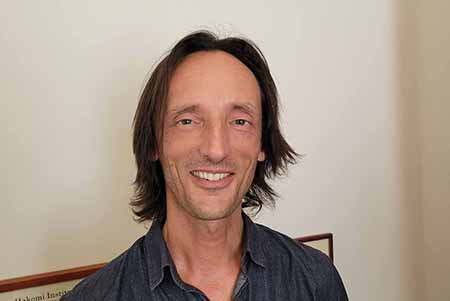Mindfulness and meditation practices seem like a really good idea, but who has the time, and where do you start? Here are some supportive tools for mindfulness to start or develop your practice! Let me know if you find them useful!
Mindfulness is not something we do just in a therapy session or a class, but it permeates everything we do – it becomes who we are! That way all our activities become more present, more joyful and more alive. We are at one with our actions, engaged in the present moment – as Yeats said, “who can tell the dancer from the dance?”. As a useful side effect of being more mindful in our actions, we tend to become less reactive in triggering situations…
In order to develop mindfulness in our daily activities, it is helpful to have regular practices and tools for mindfulness. These include sitting meditations, and also physical practices such as yoga and Tai Chi. Sitting for long periods is often difficult for beginners so it may be better to begin with short periods of sitting (5 – 15 minutes) combined with movement practices.
Resources & tools for mindfulness that may be helpful:
- Free guided meditations on MP3 and video online
- Find a meditation class – either a secular or a spiritual one depending on your interest
- Tai Chi and Chi Gong classes. Chi Gong is similar to Tai Chi, but without the martial aspect, it is usually done with Tai Chi for health and well being, very powerful!
- Other mindfulness and chi (inner energy or life force) based martial arts particularly Japanese Aikido, or Chinese Xing Yi & Bagua. Also some schools of Kung Fu and Karate and other martial arts have this focus
- Yoga
- Exercise, if done with present moment awareness, once you already have some capacity to be mindful from other practices
- Practice self acceptance: Don’t beat yourself up!
- Be kind to yourself
- More easy for mindfulness exercises are here.
Mindfulness is body based
We are often only aware of our body if it hurts. So use the above practices to become grounded in your body in daily life, and then pay attention to your senses in daily life:
- Hearing
- Vision
- Kinaesthetic (touch and physical sensation) – this is why watching the breath is such a core practice in many traditions
- Taste
Do a daily 3 step check in of how you are feeling – physically, emotionally and mentally.
- Name how you are feeling
- Scan your body and notice where those feelings are in your body, and what qualities they have – texture, weight, colour and so on
- Centre yourself by feeling your feet on your ground and taking 3-4 conscious breaths.
Most importantly, practice something you enjoy! Then it is not hard work to show up for practice, and you are more likely to do it!



 Ajay Hawkes
Ajay Hawkes

